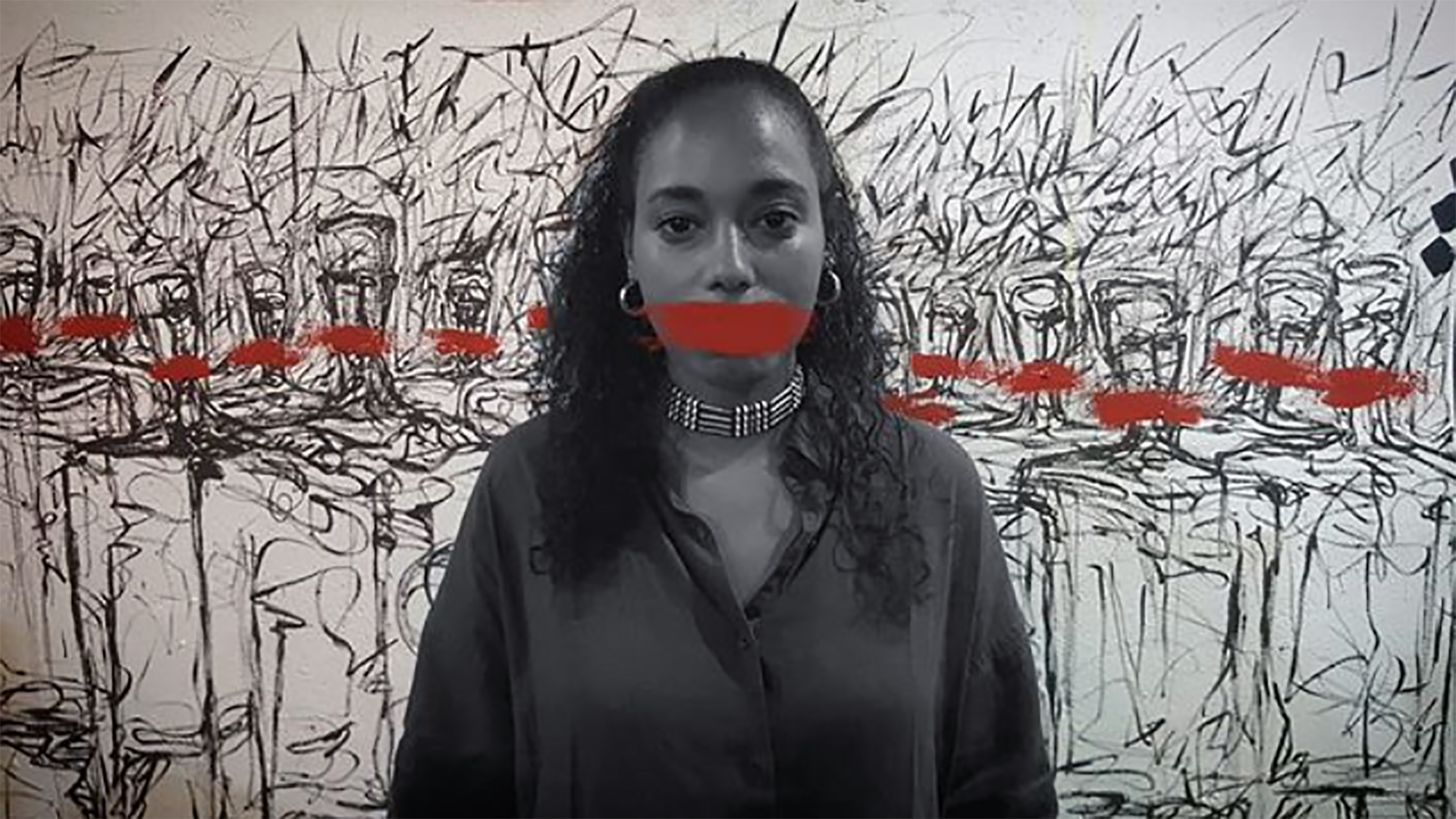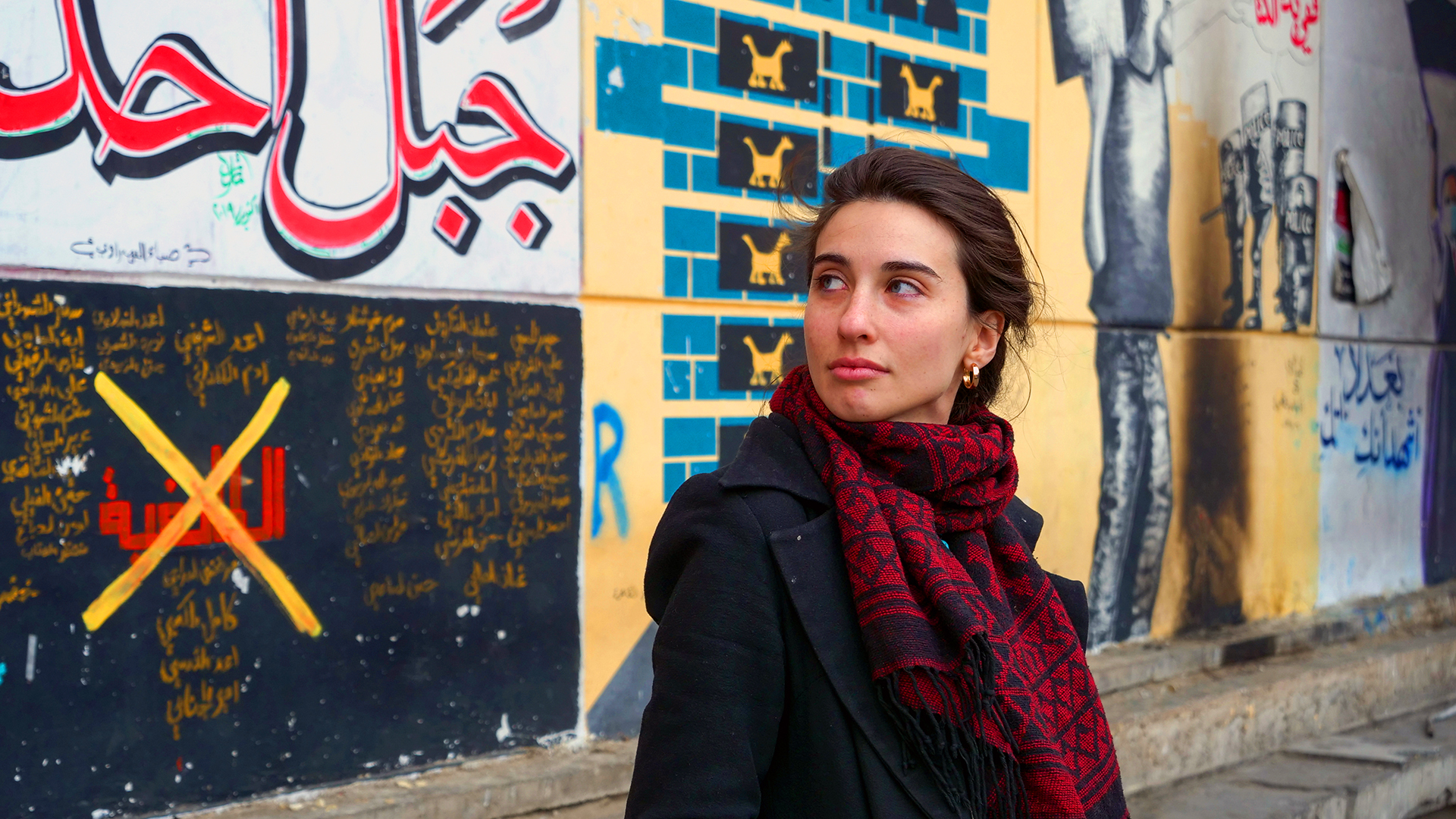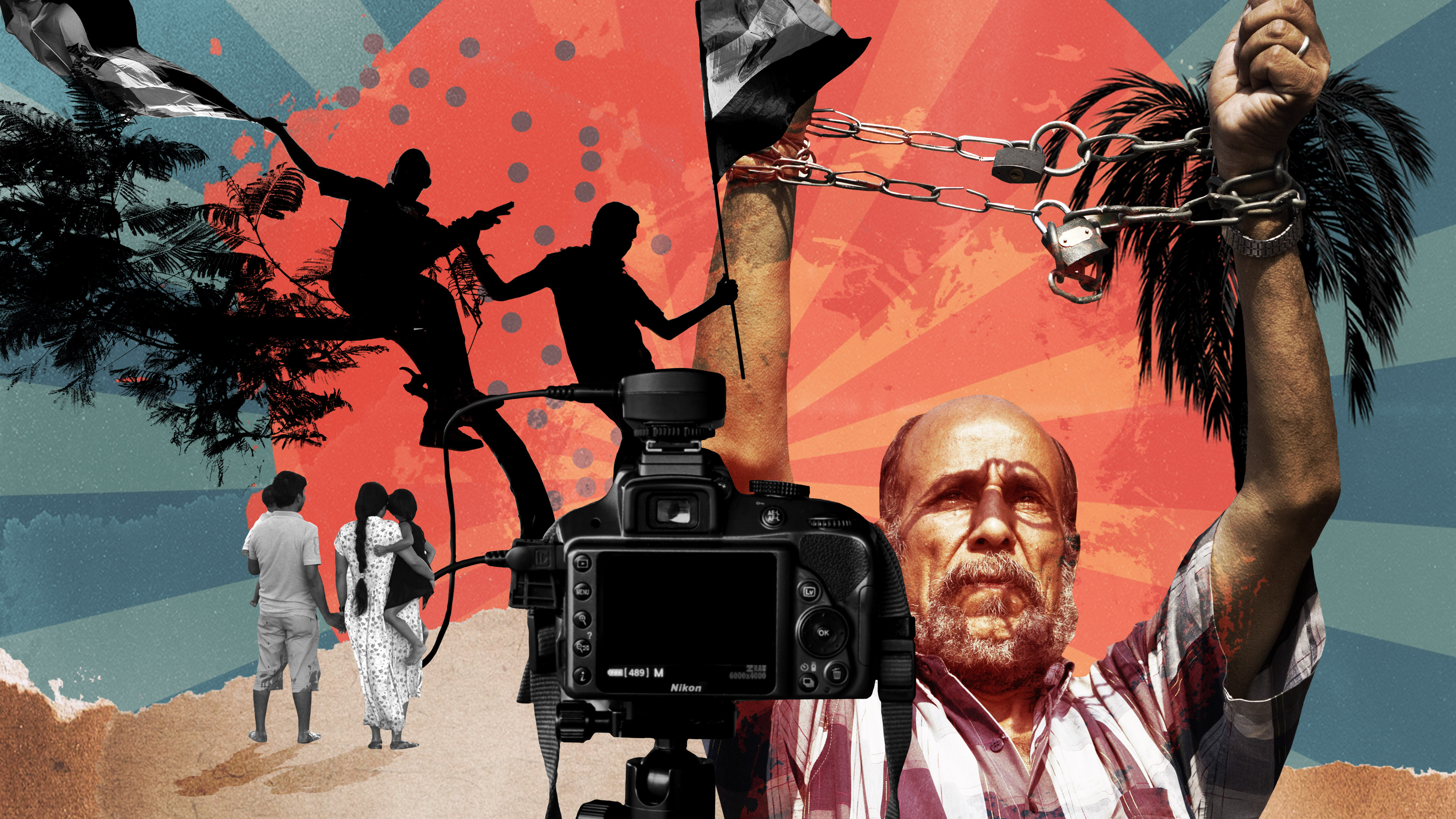Capturing change: strategies for safely covering protests
A massive wave of solidarity protests against racial injustice have been staged across the United States and worldwide following a series of killings in the US, inclusive of unarmed African American man, George Floyd, by police on May 25th.
In this time, millions of people around the world have moved in solidarity towards a single mission: to demonstrate that Black Lives Matter.
Journalists have given a voice to the moment by covering demonstrations and providing an unbiased, non-partisan perspective. However, many have reported being wrongfully arrested or assaulted by security forces, using tear gas, rubber bullets and pepper spray – even when clearly identified as members of the news media – as well as being intimidated by crowds.
It is easy to dismiss concerns about media freedom as relevant only to countries led by repressive regimes. But freedom of the media in the US continues to suffer under President Trump’s administration, according to media watchdog group, Reporters Without Borders.
In the week after the murder of George Floyd, the US Press Freedom Tracker – managed by the Freedom of the Press Foundation – received more than 279 claims of violations to media freedom in the US.
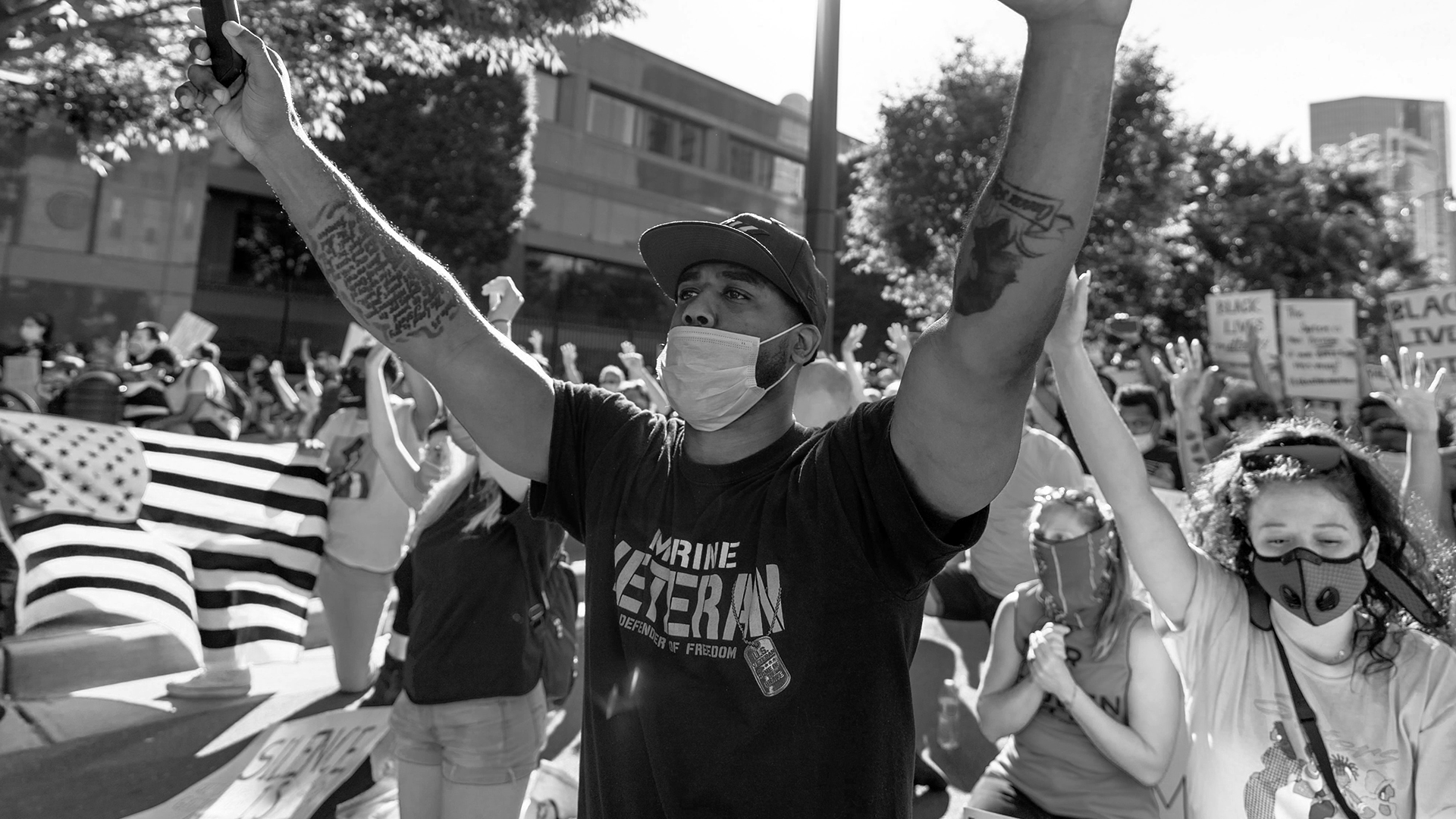
Journalists on the frontlines may find themselves in harm’s way as they continue to document this important story. But for black journalists in particular, being able to do their work freely is proving harder than ever, according to Sudanese/British journalist and Thomson Foundation alumna, Yousra Elbagir.
“Employers and managers need to understand the heightened risks that black journalists face,” she says. “Police can often mistake black journalists for protesters and, as we’ve seen, are heavy-handed in their approach.”
Yousra played a critical role in breaking the media silence on the Sudan uprising last summer. She is now covering the Black Lives Matter movement, as well as speaking up on the racial discrimination inside newsrooms, and against the limiting cultural narratives that contextualise the black female experience.
As a journalist trained in trauma and conflict reporting, she is also actively supporting black journalists to deal with traumatic news content. “The job of a journalist is not easy, especially when you are processing the struggle of your own people,” she says.
Here, Yousra offers specific information to black frontline journalists regarding solidarity protests with Black Lives Matter and similarly aligned groups. However, her advice applies to most protests.
A critical time for press freedom
The recent attacks on journalists in the US bear a striking resemblance to police brutality against journalists around the world over the years – ones that have been swiftly condemned by US officials.
Iraq-based freelance journalist, Pesha Magid, says this is a picture of widespread and growing attacks on the profession. Pesha, who received training from the foundation, was the trusted voice from Baghdad when she documented civil unrest and an outbreak of anti-government protests in 2019.
“In Iraq, these protests were met by a severe crackdown from the security forces,” she says. “The crackdown included light bullets. It included security forces firing tear gas canisters directly at protesters’ heads, as well as a campaign of intimidation and harassment against protesters and journalists. That included threats and, in some cases, kidnapping and torture.”
Here, Pesha reviews the risks that journalists face when covering demonstrations or repressive security forces, and offers advice on covering protests “smartly”.
“A unique moment of protests”
Attacks on journalists have proved deadly to individuals and chilling to broader freedoms. But now Covid-19 is also threatening the right to reliable information.
“Iraq, like everywhere else, has been affected by Covid-19,” continues Pesha. “The pandemic has exacerbated a lot of the very severe issues that led to protests in the first place because of the economic issues. People aren’t able to go out and work while there are these mass curfews in place.
“How this is going to develop remains to be seen, but that’s why it’s our job as journalists to try to stay on the ground and keep covering these things as safely as possible.
“It can be dangerous but it’s also a special moment where people from various walks of life are all meeting together in this physical space and where people are in the midst of a very dynamic change.
“It’s a really unique moment of protests and a moment of change across the world.”
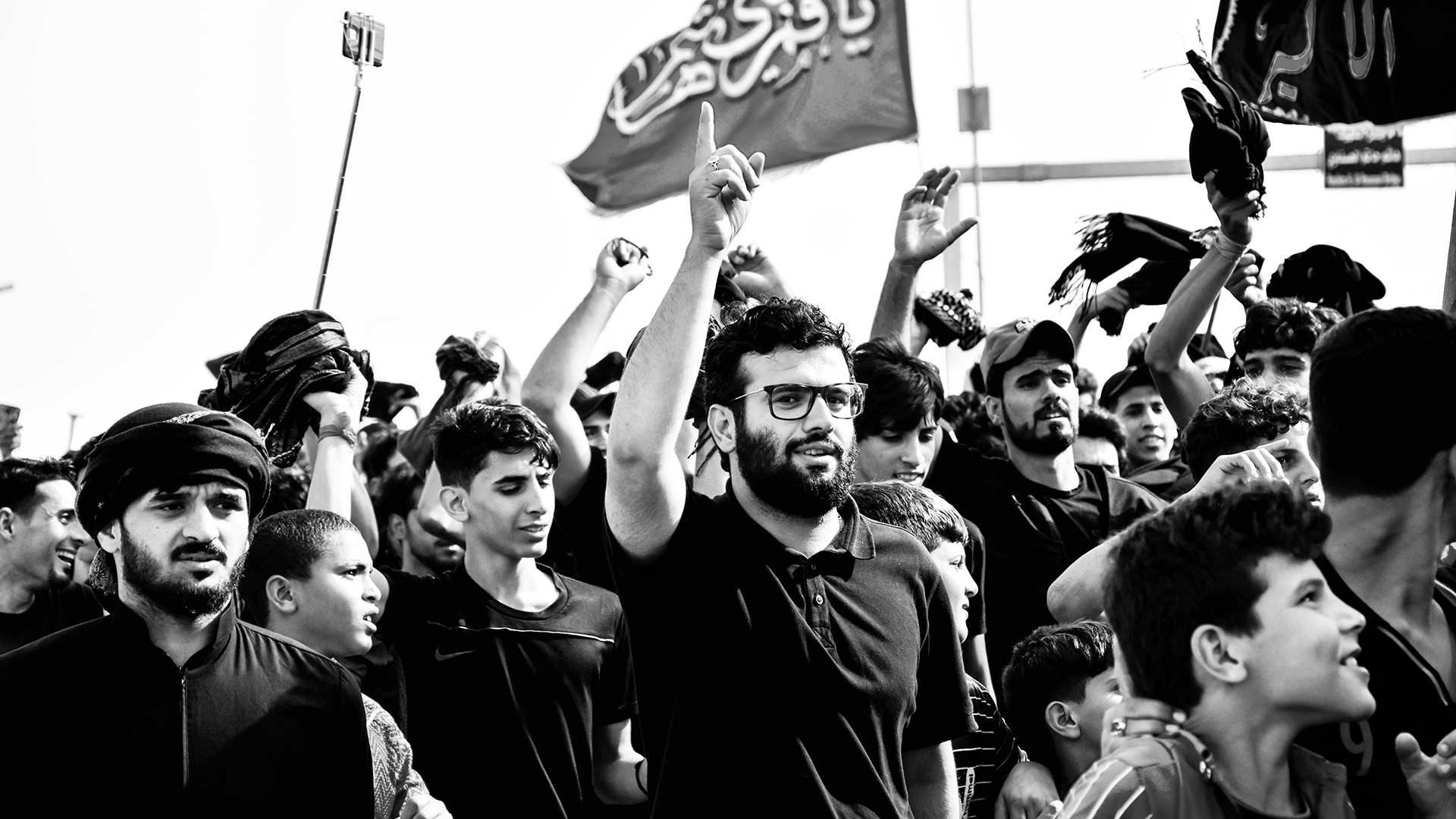
“It’s a really unique moment of protests and a moment of change across the world.”
This is a critical time for media freedom and journalists need at least a working understanding of how to stay safe while covering protests.
Here are 10 safety basics:
1. Plan your escape routes
“Map out the physical environment and what your potential escape routes can be. You want to have more than one way to get out of town if things start to get dodgy” – Pesha
2. Clearly identify yourself
“Make sure you always have your press card at hand and have a security contact at the office who can confirm your employment there” – Yousra
3. Strength in numbers
“Do not go to the protests alone. Have someone to talk to when you’re making security choices and have someone who can call your backup people if you get into trouble” – Pesha
4. Practice “situational awareness”
“When you’re interviewing someone in the middle of a protest, you can easily get sucked in. Keep an eye on whether things are changing or whether a big group of people is forming around you. That will make you stand out and that puts you at risk” – Pesha
5. Keep moving
“When you’re in one place, you become a target. Pass through with the flow of the crowd. It makes it easier for you to blend in and to get the material that you need without being stopped” – Yousra
6. Stay on the edges
“You want to stay on the edges of crowds so, again, if you need to leave you have that choice. You actually can leave” – Pesha
7. Be mentally prepared
“Be mindful of the gravity of the task when you do it because it can catch up with you. Use the support around you to make sure that you don’t get derailed” – Yousra
8. Take care of yourself
“It’s a marathon, not a race. If you burn yourself out, you won’t be able to do justice to the stories that you care about” – Pesha
9. Report with perspective
“When you return home, you’ll be in a hyper-vigilant, adrenaline-fuelled state. Take the time to calm down before assessing your material. It will give you the perspective you need to finish the job” – Yousra
10. And remember… We are still in the midst of a pandemic
Journalists should take precautions by covering their faces with masks or other face coverings.
Thomson Foundation supports journalists around the world working to uphold the fundamental principles of media freedom.
